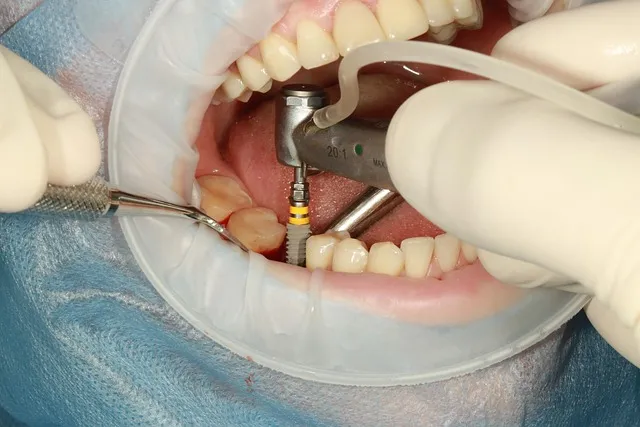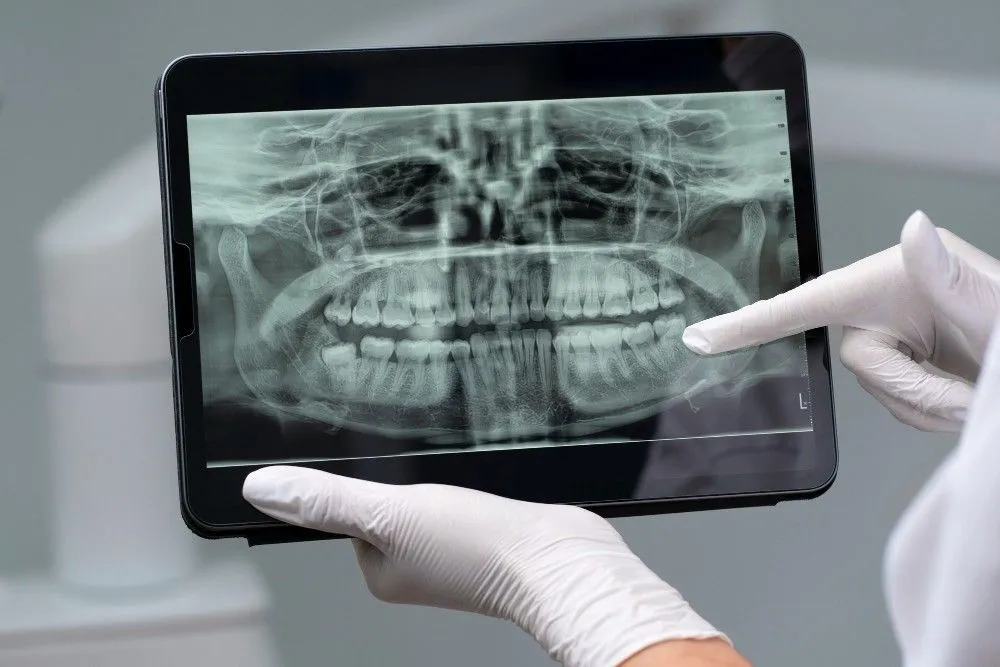When it comes to dental burs, come in different shapes, sizes, and varieties, each with its own set of benefits. Some people are better at particular things, but making the right decisions is critical to your practice's economic success. We've looked at five different kinds of dental operative burs and given information to assist you to choose the correct one for your dental or orthodontic practice.
-
Diamond burs
-
Carbide Burs
-
Steel Burs
-
Ceramic burs
-
Cross-cut tapered fissure
Tagged in
Malocclusion and Orthodontics

Reviewed by







